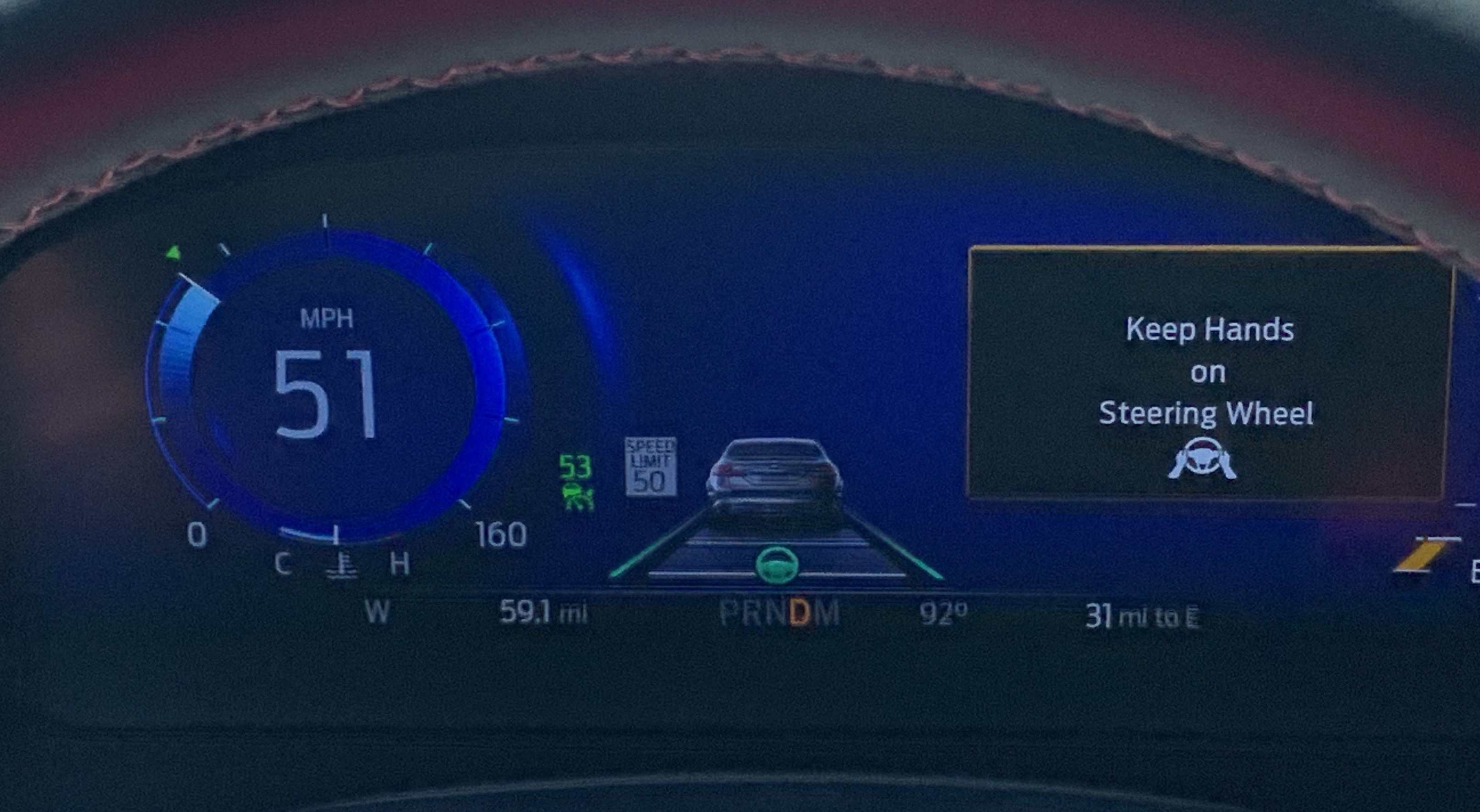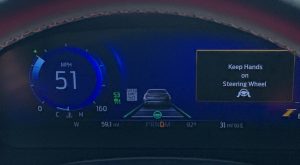
Fully loaded Autonomous Vehicles
Whether you are comfortable with an autonomous vehicle or not, the safety features are quickly becoming standard on many new cars and SUV models like the new Ford Explorers. Though modern vehicles do not currently drive themselves fully (without hands on the steering wheel due to legal reasons), it is good to brush up on the fantastic features available now when looking for a new car.
Blind Spot Information System, or BLIS
BLIS is a feature that alerts you of other vehicles that may be hidden in your blindspots. If there is a car beside you while you are driving, the light on the mirror will turn on. If you turn on your blinker to change lanes and a vehicle may be lurking in your blind spot, some car, SUV, and self-driving truck models, like the Ford Ranger, will make an audible beep and display an alert on the dash to make you aware. Also, on autonomous vehicles, BLIS is beneficial when backing out of a parking spot, as it will make an audible warning if someone is coming through the parking lot a little too fast and makes backing up unsafe. Ford’s BLIS feature is undoubtedly a must-have safety feature in today’s modern world.
Video of Cross-Traffic Alert.
Pre-Collision Assist with Emergency Braking
We get it – accidents happen, but they don’t have to with autonomous vehicles. Not anymore, at least. Imagine this, you’re driving down the road approaching a green light. You get briefly distracted for whatever reason, the light changes, and the person in front of you stops. Better have your insurance company on speed dial, right? Well, maybe not. The Pre-Collision Assist can detect if you’re approaching the other vehicle a little too fast, make audible alert, and even brake for you! This feature has dramatically reduced the likelihood of a fender-bender, especially ones with injuries, and is also another must-have safety feature!
Adaptive Cruise Control
This feature pairs nicely with the next element on the list and is as close to self-driving as it gets in modern-day. As implied by the name, it automatically adjusts the speed of your car with traffic. If you’re cruising down the interstate and the vehicle ahead slows down, you do not need to brake. Your Adaptive Cruise Control will detect the vehicle ahead and automatically adjust its speed accordingly. If traffic speeds back up, then it will automatically return to its original rate. If you frequently travel, this is definitely something you need to test drive, I promise you will love it.

Display of the Lane Assist and Adaptive Cruise control features on a 2020 Ford Explorer ST
Lane-Keeping System
Sometimes, we get distracted. That’s just how it is sometimes, and with Lane-Keeping assist, autonomous vehicles are making things safer. This feature does not mean hands-free, but it is there to act as supplementary assistance for steering. This not perfect but will definitely help with reasonable roads. It will make an audible noise if you begin to drift across the yellow line, and if it keeps happening, your car will recommend taking a break. If you’re looking for autonomous cars with this feature, I would recommend looking at the Ford Escapes.
Lane Assist is not a substitution for driving. Everyone in the video is experienced with lane-keeping tech. Hands should be kept on the wheel at all times and the driver be prepared to control if needed.
For more information on Ford Co-Pilot360 and it’s incredible features, click here!




